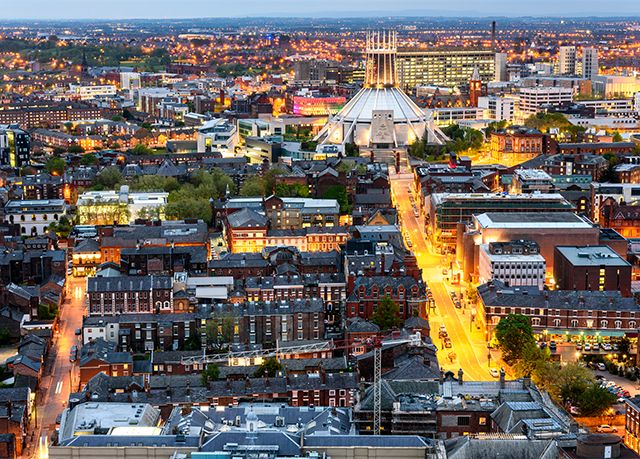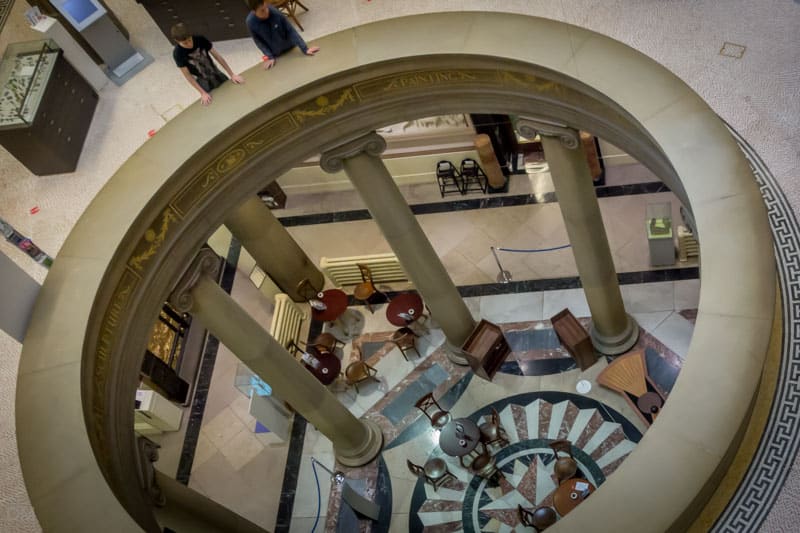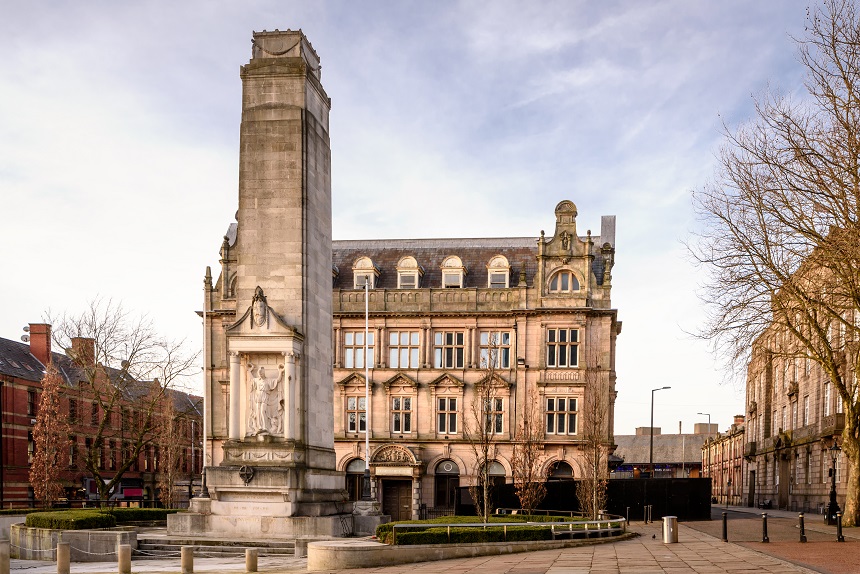
Located on the River Ribble, Preston got its city status in 2002. The city has experienced numerous changes in the past. In the 14th-century, Flemish weavers came to Preston and established a textile industry that would be the main driving force of the city’s economy until the mid-20th century. As a flourishing industrial center in the 18th and 19th centuries, Preston was filled with beautiful squares, refined parks, as well as interesting buildings. Today, this historic city has plenty to offer. From Roman heritage, the history of the industrial revolution, football league, to nature reserves, you can enjoy numerous things when you visit. If you want to explore the best things in Preston, keep reading!
Set inside an incredible Neoclassical hall, Harris Museum and Art Gallery has impressive collections of textiles, costumes, ceramics, other decorative arts, as well as natural history. When you enter the building, you will be welcomed by a Foucault Pendulum, which demonstrates the earth’s rotation as well as a working clock. The art gallery is packed with works by luminaries of 20th-century art, such as Stanley Spencer, Lucian Freud, and Graham Sutherland. You can also admire watercolor works by J. M. W. Turner.
The highlight of the museum is the Poulton Elk, which is the skeleton of an Ice Age elk with two barbed points that date back 13,500 years. The Poulton Elk is the earliest evidence of humans discovered in Lancashire.
When you have done the exploring, you can visit the bistro on the ground floor to enjoy some refreshments. There is also a little shop inside the museum offering artworks and expressions.

Ribble Steam Railway
Ribble Steam Railway combines a museum with a functioning heritage railway line. You can board the Ribble Stem Railway that travels along the stream Ribble, passing the watercraft yard, and into the Preston Dock. You can watch volunteers work on the train from the viewing area or see for yourself the size of the footplate that drivers and firemen would have worked on. However, you can’t board the train every season as it is only available in the Summer. After boarding the train, you can tour the visitor center and museum. The museum has one of the largest steam locomotives in the United Kingdom. The collection includes five Andrew Barclay 0-4-0STs that dates back to the 20th century.
Avenham and Miller Parks
Avenham and Miller Parks are two of the most refined Victorian parks in the Northwest of England. The parks are located side-by-side and connected to each other. Both were designed by Edward Milner in the 1860s, who was a prominent Victorian landscape architect. Both parks offer a tranquil setting on the banks of the River Ribble and perfect for those who want to get away from the city.
When the weather is nice, you can stroll around the two parks and admire their beauty. Avenham Park is the larger park, it has a Japanese Garden, a belvedere pavilion, as well as sprawling lawns. Miller Park offers a more formal vibe, with its rose garden and intricate flowerbeds. You will also find the Derby Walk-in Miller Park, which is decorated with urns and a balustrade staircase leading you down to a bandstand and a fountain. When you visit these parks, don’t forget to get down to the River Ribble and get a look at the open moorland and the Victorian railway viaduct.
Church of St. Walburge
Built-in the middle of the 19th century by the Gothic recovery draftsman Joseph Hansom, Church of St. Walburge is a Roman Catholic Church. It is listed on the National Heritage List as a Grade I building. This incredible structure is very popular, particularly for its spire. Standing at 94 meters, it is still the tallest spire of any parish church in England. It is one of the tallest buildings in the northwest of England. The interior of the church is also striking, with a fantastic Victorian design. From the inside, the church is extremely serene. If you want to know more about this church, you can take a free heritage tour that is available every Saturday from 11.30 am to 2.30 pm.
Standing in the Market Square, Preston Cenotaph is a monument dedicated to soldiers from Preston who fell in World War I and World War II. It was first unveiled on 13 June 1926. The memorial was designed by Sir Giles Gilbert Scott, who was also the designer of the United Kingdom’s iconic red telephone boxes. The sculpture in the center of the monument was made by Henry Alfred Pegram. The centerpiece of this monument is an image that symbolizes a figure of “Victory,” whose arms are raised and holds two wreaths, and at the top, you will find an empty tomb.

Turbary Woods Owl and Bird of Prey Sanctuary
In Turbary Woods Owl and Bird of Prey Sanctuary, you can enjoy more than 90 interesting flying creatures. The birds include hawks, owls, birds of prey, vulture, as well as other extraordinary species. All of these birds are housed in open-fronted aviaries with a forest setting. You can see the incredible flight of a hawk or learn more about the birds. If you are brave enough, you can handle four different species of birds, including a vulture. Turbary Woods Owl and Bird of Prey Sanctuary is a rescue and rehabilitation center. It is a non-profit and pure volunteer-based sanctuary. Therefore, visiting the sanctuary allows you to help rescue injured birds. Once you’re done exploring the sanctuary, you can enjoy some beverages in the garden center.
There are still numerous other things you can visit in Preston. However, make sure you include these six attractions to your Preston itinerary!

